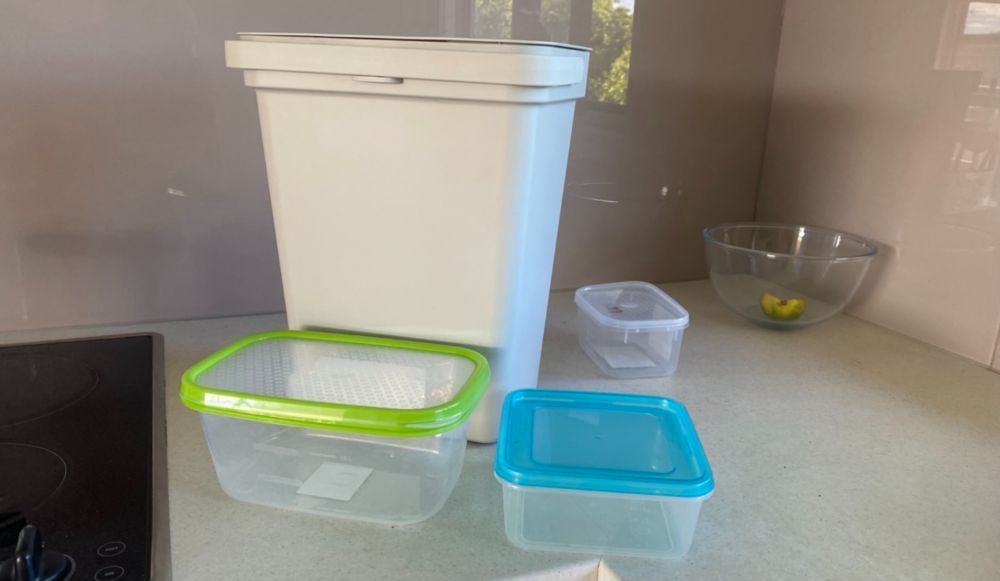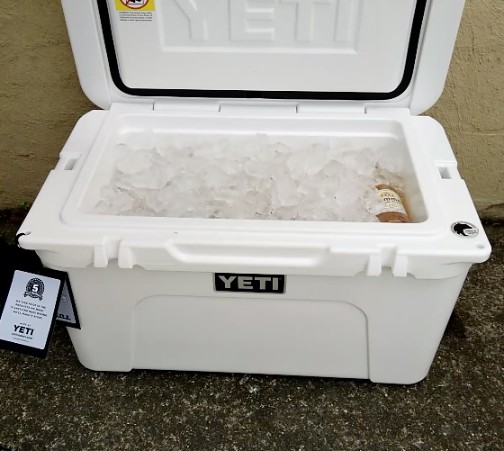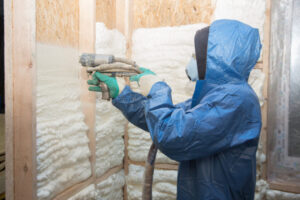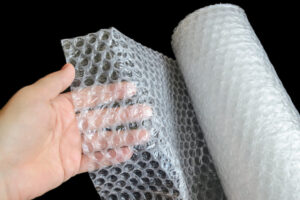
Plastic is a material with many uses, but is one of them being a good insulator? But why exactly is plastic such a good insulator? How does it work?
Plastics are good electrical insulators because they have no free-moving electrons. Free-moving electrons create electrical currents. Plastics also work as thermal insulators because they have tightly packed polymers preventing heat transfer. Plastic sheets can also insulate against sound.
Plastic is used in so many situation to insulate against electric currents and against heat. Let's take an in-depth the properties that make it such a useful insulator in our everyday lives.
Plastic: What It Is and How It Insulates

Plastic consists of tightly packed polymers. When heated, these polymers can be shaped into a variety of shapes and materials. When the polymers cool, they will remain in the selected shape.
There are many different types of plastics. Because plastics are very durable and malleable, it has become a popular choice for many products. Products that use plastic as an insulator include electrical tubing, electrical sockets, coolers, and many more.
Now that we know what plastic is, let's discuss what an insulator is. We'll also take a look at the different types of insulation.
An insulator is a material that stops something from passing through it. This could mean heat, electricity, or sound. In more technical terms, insulators do not conduct electricity or heat. In terms of sound, the insulation muffles the noise and decreases its volume in other areas. Plastic is considered to insulate against all three of these things.
The lower a material scores in terms of conducting electricity, heat, or sound, the more it insulates against it. Plastic is one of the best thermal and electrical insulators out there.
Electrical Insulation

Electrical conductivity is measured in Siemens. The more free electrons a material has, the more conductive it is. The more it conducts, the less it insulates!
The movement of free electrons from one atom to another is called an electrical current.
The opposite of electrical conductivity is volume resistivity. This is measured in ohms-centimeter. Anything with a surface resistivity below 105 ohms-cm is considered conductive.
Meanwhile, anything with a surface resistivity above 109 ohms-cm is considered an electrical insulator. Most plastics have a surface resistivity between 1010 ohms-cm and 1019 ohms-cm, according to Omnexus.
As you can see, plastic is an electrical insulator. This is why plastic is the material of choice when coating wires in homes and vehicles.
Thermal Insulation

Thermal conductivity measures the rate at which heat transfers through a material. There are several measurements used for thermal conductivity. The one we will use for this article is watts per meter-kelvin. The lower the thermal conductivity of a material, the better insulator it is.
According to Georgia State University, polyurethane, also known as plastic, has a thermal conductivity rate of 0.02 watts per meter-kelvin. This is partly why coolers like Yeti use polyurethane foam to keep ice so long (that and polyurethane can trap millions of tiny air bubbles).
So, why is plastic a good thermal insulator? Plastics are made from tightly packed chains of polymers. Because these chains are so tightly packed, the molecules can't brush up against each other to create heat.
For this reason, plastic is considered a good thermal insulator and this is why it's one of the most common materials that keep things cold.
Plastic can be used to keep heat out (like in the case of a cooler) or it can also be used to keep heat in (like in a lunch box). A lot of the best insulation to keep ice from melting combines plastics like polyurethane or polystyrene with thousands or even millions of tiny air bubbles.
The plastic itself is a great insulator but the air bubbles it traps are even more effective insulators and the combination of the 2 makes for an excellent thermal insulator.
Plastic For Sound Insulation
How well a material insulates against sound is measured by its acoustic transmission and transmission loss. These are measured in decibels.
According to SND PRF, any plastic less than 10 millimeters thick will not absorb or muffle any sound. In most cases, plastic needs to be mixed with another material to create a barrier against sound. For this reason, plastic is not considered a good sound insulator.
Now that you know about the properties that make plastic a good insulator, let's discuss how plastic measures up to other insulators.
How Plastic Compares to Other Insulators

There are lots of materials that can be used to insulate against electricity, heat, or sound. While plastics are effective insulators in terms of electricity, how do they compare with other insulators? Check out the chart below to find out!
| Material | Thermal Conductivity | Surface Resistivity | Effective Sound Insulator |
| Plastics | 0.02 watts per meter-kelvin | 1010 to 1019 ohms-cm | Not on its own |
| Glass | 0.80 watts per meter-kelvin | 1010 to 1014 ohms-meter | No |
| Wood | 0.12 to 0.04 watts per meter-kelvin | 1014 to 16 ohms-meter | Somewhat |
| Air | 0.024 watts per meter-kelvin | 1.3×1016 to 3.3×1016 ohms-meter | No |
| Concrete | 0.08 watts per meter-kelvin | n/a | Yes |
| Copper | 385.0 watts per meter-kelvin | 1.68×10−8 | No |
As you can see, plastics are some of the best insulators available, especially in terms of heat and electricity. While plastics aren't effective at insulating against sound on their own at certain thicknesses, but when mixed with other materials, they are some of the best sound insulators available.
How to Insulate with Plastic
Chances are, you already use plastic in your everyday life; however, you probably aren't using it as an insulator. Surprisingly, there are several ways in which you can easily use plastic to insulate!
One common place where plastic is used as an insulator is in a greenhouse. Laying plastic over the frame of a greenhouse protects the plants from the elements and traps warm air and moisture inside. Using plastic for your greenhouse covering means that your plants will be insulated enough to survive the winter.
There are different types of plastics used on greenhouses and some people have even experimented using bubble wrap on their greenhouses to great effect because bubble wrap is a good insulator that combines the insulating properties of plastic with air bubbles to act as further insulation.
Watch this video to see how to make a greenhouse insulated with plastic bubble wrap!
If you need more insulation in your greenhouse, you can line the inside of the greenhouse with plastic sheets of bubble wrap. Simply cut the pieces to stretch from beam to beam and attach them with either tape, staples, or clips.
For those that garden on a smaller scale, say with houseplants, you can use plastic to help insulate them from the cold of winter.
Another way you can insulate with plastic is in your home. You can use the plastic sheets of bubble wrap to line the windows in your home. The thin plastic sheet and the air trapped in the bubbles will help keep the warm air inside your home and the cold air outside of it. This will significantly decrease the amount you have to spend on heating costs every winter.
Is a cheap and effective way to still get light through into your house but to make it a bit cosier for the winter. Then when springs rolls around you can simply take off the bubble wrap and it stores up nicely for next year (or your can use it in your postage).



